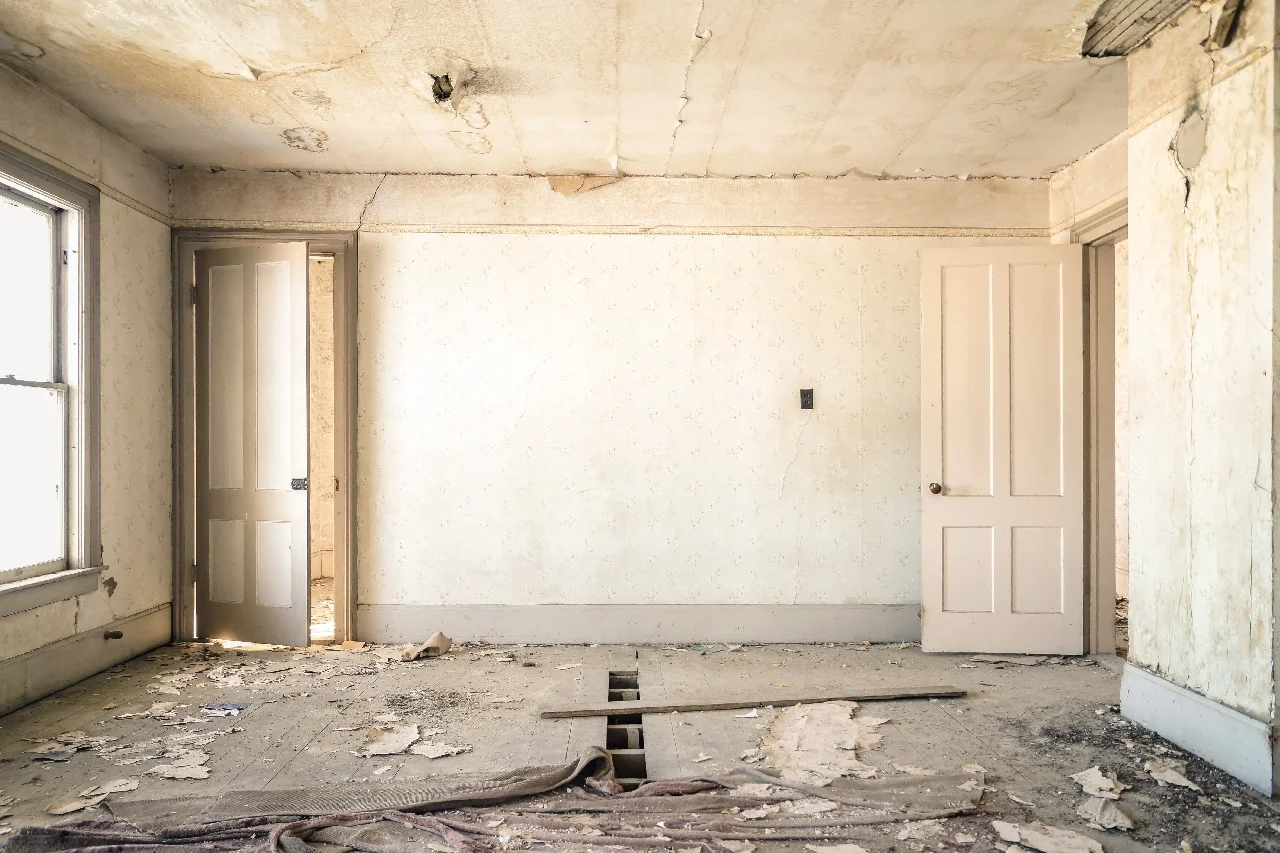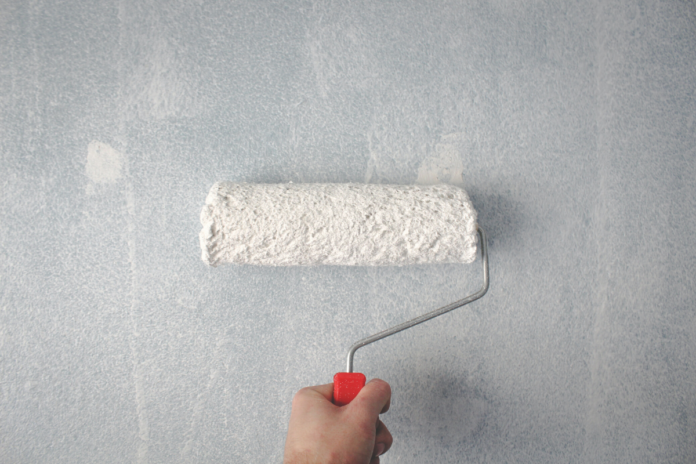Being a landlord requires that you keep your rental properties in good repair for yourself and your tenants. Naturally, when your tenants move out, you’re going to discover things that aren’t exactly the way you left them at move-in, and most of those things will be considered “normal wear and tear.”
You must be able to discern the difference between actual damage and wear and tear, because you can’t withhold any portion of someone’s security deposit for wear and tear. Damage is another story.
What is damage?
Damage is considered something that isn’t the result of regular, normal use of the property. For example, burn marks in the carpet, excessive small holes in the wall, large holes in the wall, missing appliances, water damage that was never reported, broken concrete that was intact when the tenant moved in, bent sliding closet doors, or pet urine that can’t be cleaned out of the carpet are all examples of damage.
Damage can also consist of the following:
- Unapproved paint on the walls
- Unapproved additions to the building
- Broken doors
- Missing or broken windows or screens
- Cracked tiles
- Missing tiles
- Cracked or scratched mirrors
What is normal wear and tear?

Normal wear and tear describes the gradual deterioration that happens naturally as people live in the unit. This will happen regardless of who lives in a property, and can’t be prevented with regular maintenance.
Some examples of normal wear and tear include:
- Thinning, faded, or worn carpet
- Fading paint or wallpaper
- Frayed drapes and curtains
- Small scuff marks on the walls, baseboards, or floors
- Loose cabinet or cupboard handles
- Chipped paint
- Loose grout
- Scratched sinks, bathtubs, and toilets
All of these things are considered normal wear and tear, and are to be expected at some point. Not all tenants will wear out a unit quickly, but it will happen.
While normal wear and tear isn’t something you can prevent, you can prevent damage. The best way to avoid preventable damage is to hire a property management company to take care of your rentals and tenants. For instance, in Texas, Houston property management company Green Residential provides investors with top-notch professional services so they can have peace of mind.
As part of their services, a property management company will screen all applicants to high standards to ensure you get the best tenants possible. Not all damage can be prevented since accidents do happen, but screening tenants makes it less likely. You don’t want tenants with certain criminal records, bad credit, or a history of evictions.
When normal wear and tear looks like damage
There are times when normal wear and tear will look like damage. Here’s how to tell the difference.
- Consider how long your tenant lived in your rental. How long your tenant was living in the unit makes a big difference. For instance, someone who has only been in the unit for 6 months shouldn’t wear out a brand-new carpet. However, someone living in the unit for 8 years might leave you with a pretty well-worn carpet.
- Think about the age of your property. If your rental unit is pretty old, you’re going to see more wear and tear, especially if you aren’t replacing things like the carpet or vinyl flooring after every tenant.
Talk to your tenants when signing the lease

It’s important to clearly communicate your expectations as a landlord to your tenants when signing the lease agreement. They need to know what you expect from them and when they should call you to report something. For example, chipped paint, damaged siding, loose or missing shingles, and loose cabinet handles are all good reasons to call you. Some tenants will just fix loose handles and broken toilet chains themselves, but many don’t know how to do these things and they need to know they can and should call you for help.
Your move-in and move-out inspections are vital
No matter how you handle repairs, maintenance, and damage, make sure you always conduct a move-in and move-out inspection in the presence of every tenant whenever possible. They have the right to be there for the inspection, but if they don’t show up, perform it yourself. This prevents tenants from claiming new damage was pre-existing and gives you the documentation needed if anything goes to court.

Resolve damage with the security deposit
In the case that something is truly damaged, don’t hesitate to deduct the cost of repair from a tenant’s security deposit – that’s what it’s there for. Just ensure the remainder of their deposit is returned promptly and provide receipts when required by law to avoid any legal trouble.




